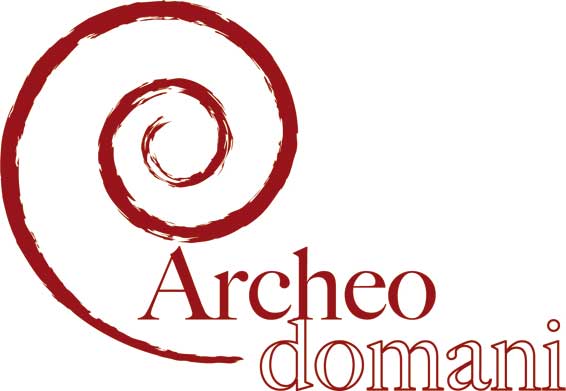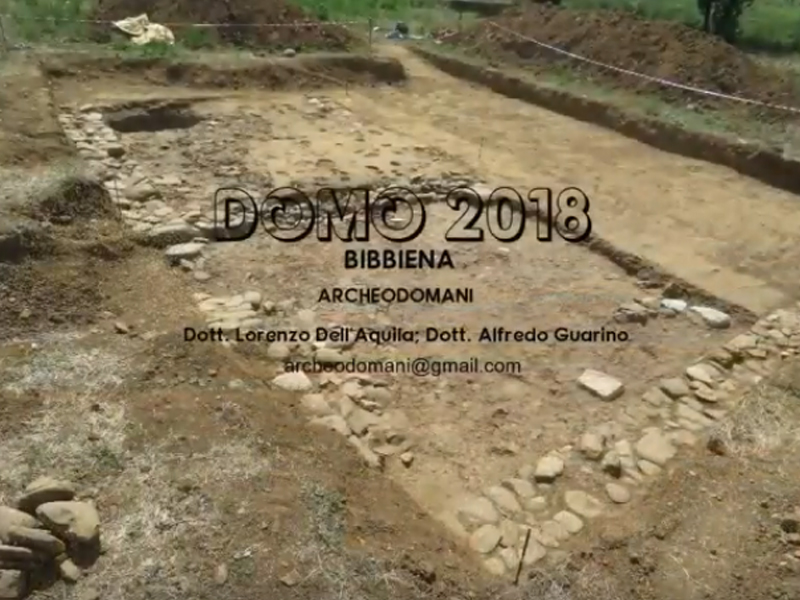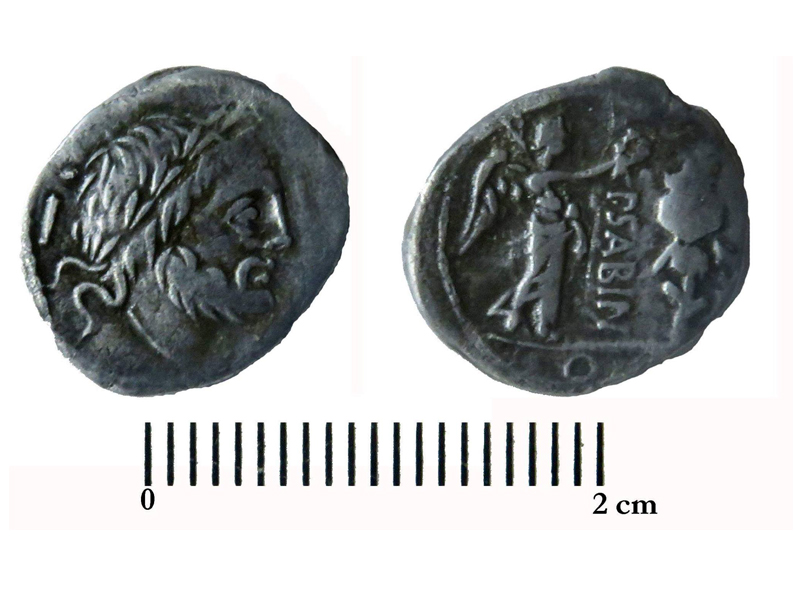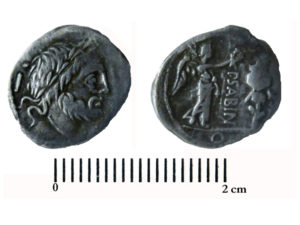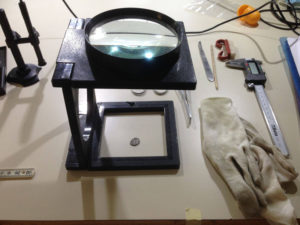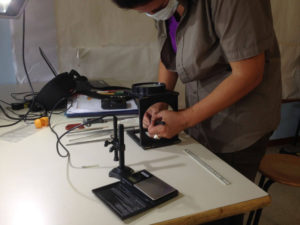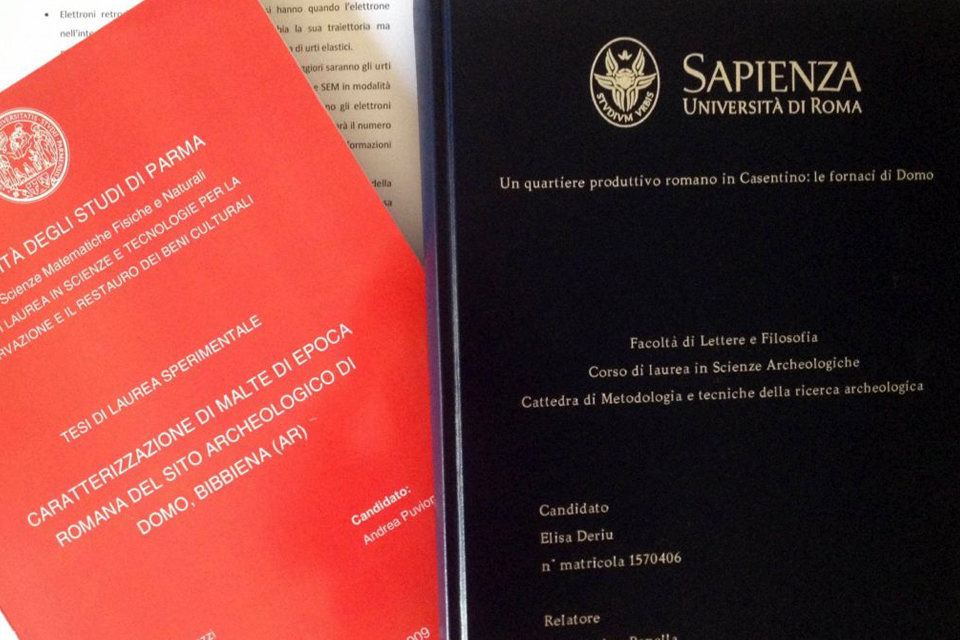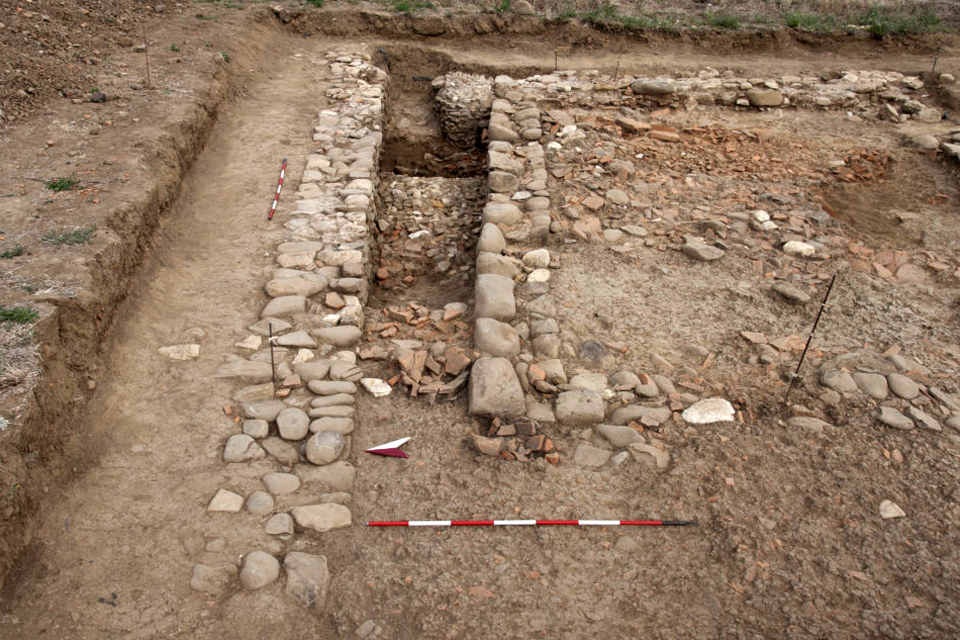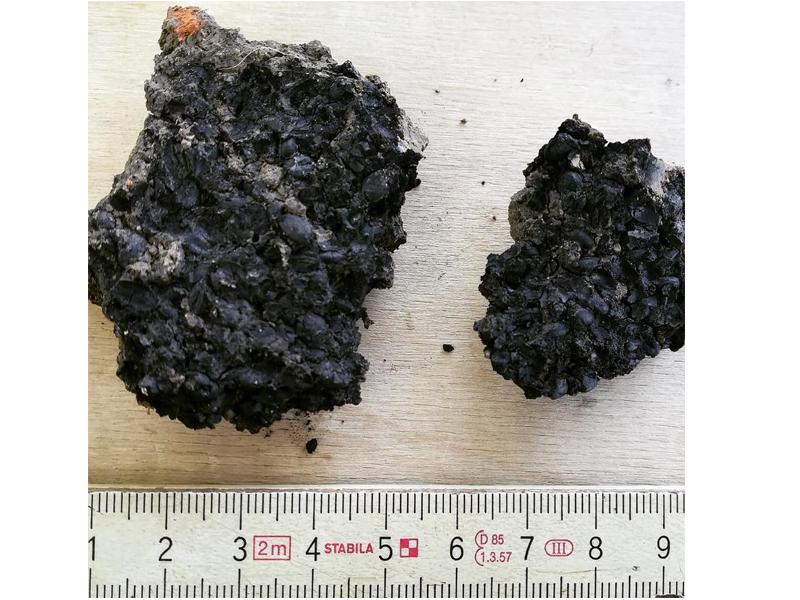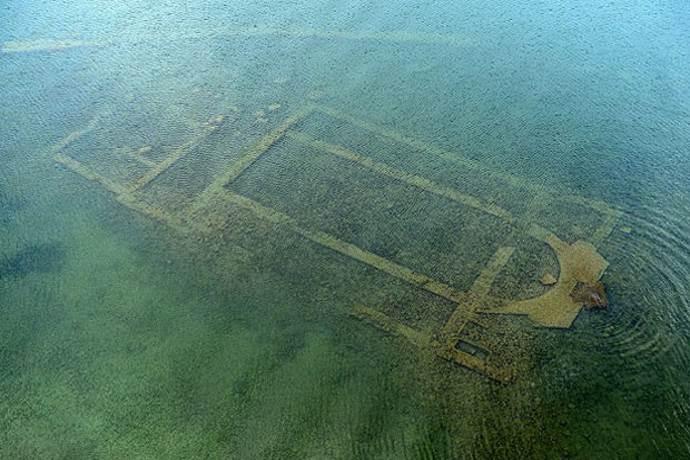
Ancient church hidden in Turkish lake. And a Pagan Temple may lie beneath it.
Original article on Live Science.
When Mustafa Şahin first saw photographs of the submerged ancient church under the waves of Turkey’s Lake Iznik, he couldn’t quite believe what he was seeing. The head of archaeology at Bursa Uludağ University had been searching the shores of the lake for several years, but it wasn’t until local government surveyors showed him some aerial photographs in 2014 that he realized the lake itself covered the ancient ruins he was looking for. “When I first saw the images of the lake, I was quite surprised to see a church structure that clearly” Şahin told Live Science in an email. “I was doing field surveys in Iznik [since 2006], and I hadn’t discovered such a magnificent structure like that.”
The ruined ancient church lies beneath about 10 feet (3 meters) of water, about 160 feet (50 m) from the shore of Lake Iznik, near the western tip of Turkey and about a 2-hour drive from Istanbul. Archaeologists think that the Roman-style church, known as a basilica, was built on the shore of the lake around A.D. 390, when Iznik was know as Nicea and Istanbul was Constantinople — the eastern center of the Roman Empire. The archaeologists now think this church may hide another treasure beneath it: a pagan temple. In A.D. 740, an earthquake destroyed the church, which later sank beneath the lake’s surface, leaving the ruins submerged and forgotten until they were rediscovered, more than 1,600 years later. Before any of these riches are lost to history, Şahin and local government leader Alinur Aktaş have called for the site to be established as Turkey’s first underwater archaeological museum.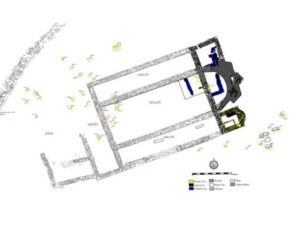 Underwater archaeology
Underwater archaeology
Şahin and staff from Iznik’s Archaeology Museum have carried out underwater excavations of the submerged basilica since 2015. The hot climate of the region means that the lake is filled with algae, which can reduce the visibility during the excavation dives to a few inches, Şahin said. The archaeologists use special vacuum equipment to carry soil from the underwater excavations to the shore, where it can be sifted for artifacts. Şahin said that the most important finds included several human graves beneath the basilica’s main transverse wall, known as the bema wall, referring to a raised platform used by the clergy. Several coins found in those graves date from the reigns of the Roman emperors Valens (who ruled from A.D. 364 to 378) and Valentinian II (who ruled from A.D. 375 to 392), which showed the basilica was built after A.D. 390, Şahin said.
Şahin believes that the basilica was dedicated to St. Neophytos, who was put to death in Nicea by the Romans in A.D. 303, during the reign of the emperor Diocletian. Ten years later, in A.D. 313, the emperor Constantine the Great issued the Edict of Milan, establishing religious tolerance for Christianity throughout the Roman Empire; Neophytos became celebrated as an early Christian martyr. The city of Nicea itself became famous throughout the Christian world in A.D. 325, when Constantine convened the first council of church leaders there to determine the core beliefs of the religion, which he promoted throughout the pagan Roman Empire.
Temple mystery
But the mystery of the submerged ruins in Lake Iznik may be even older than Christianity. Şahin said that the basilica may have been built on top of a pagan temple to Apollo, a Greek and Roman sun god sometimes associated with Jesus in the early Christian period.Roman records related that the emperor Commodus, who ruled the Roman empire from A.D. 180 to 192, built a temple to Apollo at Nicea outside the city fortifications. Some early coins and fragments of an ancient lamp discovered at the church site hint at an even earlier structure, Şahin said. “Could this temple have been underneath the basilica remains?”
If the plans for the underwater museum are approved, construction could begin this year and it would open to visitors in 2019, Şahin said. The museum buildings would include a 60-foot-high (20 m) tower, to enable the ruins to be seen from the shore, and a walkway out over the lake, above the submerged site itself. The museum complex would also include a diving club, so tourists could explore the sunken ruins, and an underwater glass-walled room in the nave of the submerged basilica where visitors to the ancient church could pray, Şahin said.
